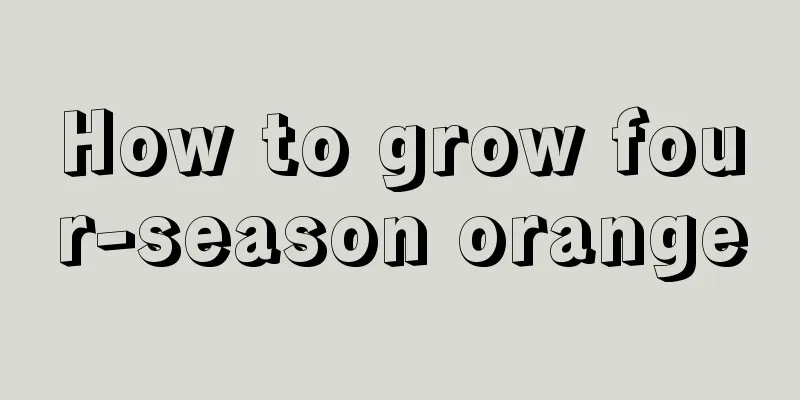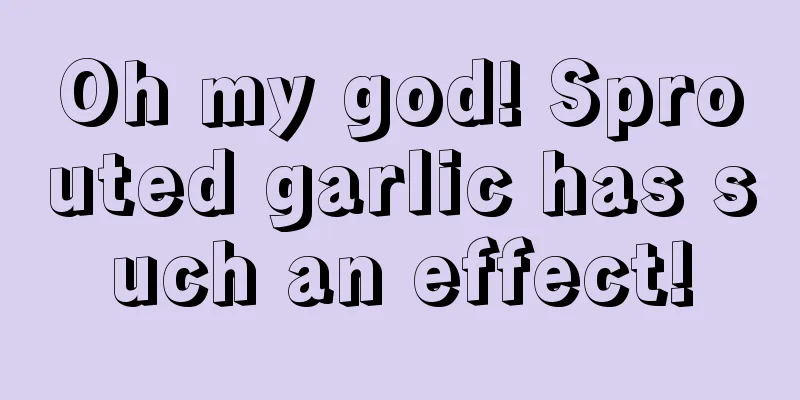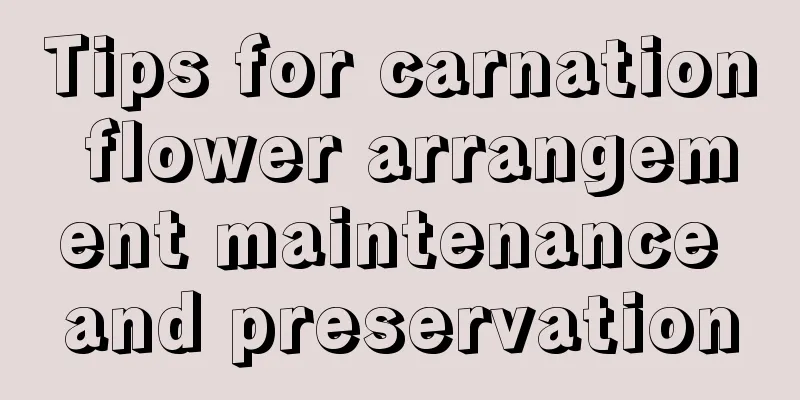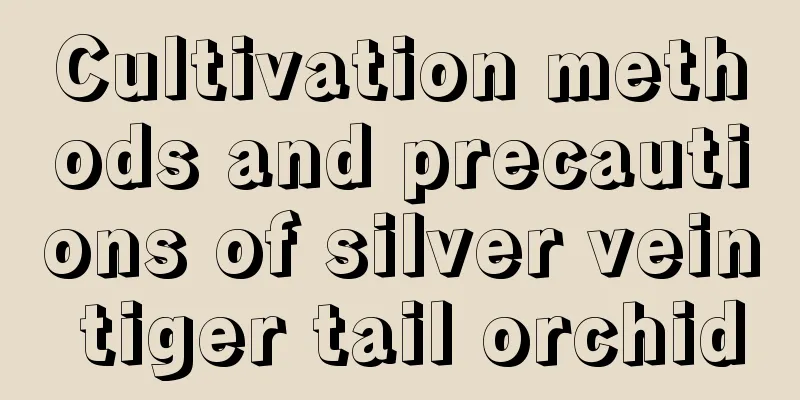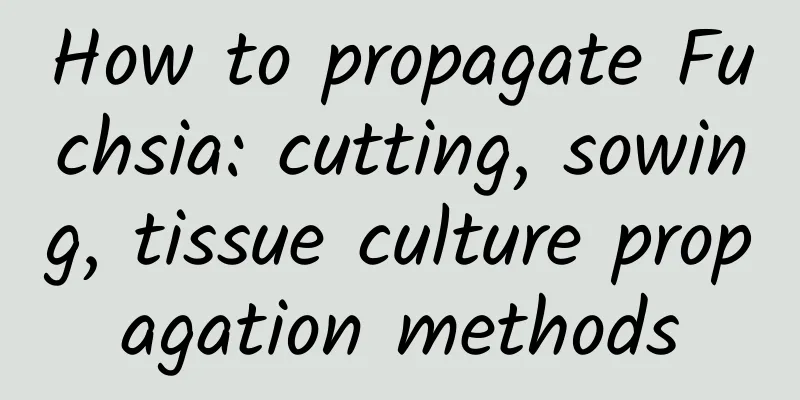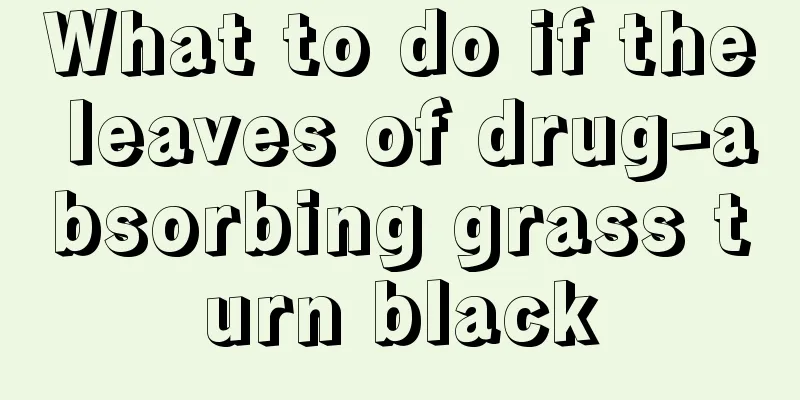What should I do if flowers are infested with sticky insects? What medicine should I use?
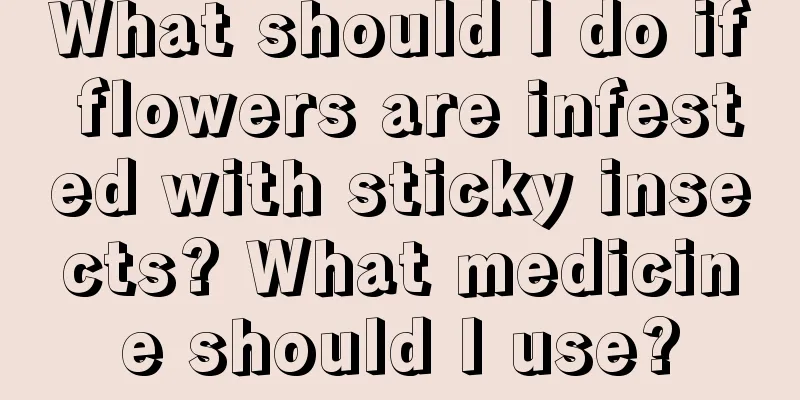
|
Plant bugs are common pests that often parasitize flowers, leaves, and stems. The reproductive capacity of sticky insects is very strong, and they will multiply in large numbers under high temperatures, so they must be prevented and controlled in a timely manner. So what should we do if flowers are infested with sticky insects and what medicine should we use? Let’s take a look with the editor below. 1. Symptoms of greasy insects on flowers Putty bugs are generally yellowish or brown in color, with an oval body covered in a sticky waxy secretion that makes them look like they are covered in a layer of putty. They often gather in the axils of flowers, on the undersides of leaves or on stems. The leaves of flowers infested by sticky insects will show symptoms such as yellowing, curling and wilting. 2. What should I do if flowers are infested with sticky insects and what medicine should I use? 1. Physical prevention ① Manual removal: Dip a cotton swab or fine-bristled brush in soapy water and gently wipe the insects on flowers, leaves and stems. Be careful to operate gently to avoid damaging the flowers. ② Rinse with cold water: Place the flowers under running cold water and rinse the leaves and flowers with water to wash away the insects. Focus on cleaning the leaf axils and undersides of leaves, as these are where gnats often hide. ③Spray with soapy water: Make a soapy water solution, mix an appropriate amount of soap in warm water, and use a spray bottle to spray on flowers, leaves and stems. Soapy water can break down the gnats' shells, causing them to suffocate and die. Be careful to spray evenly and make sure to cover the areas where the ants are. 2. Biological control Certain insects, such as ladybugs, aphids, and parasitic wasps are natural enemies of sticky insects. They will actively seek out and eat sticky insects, and their numbers can be controlled by introducing these natural enemies. Usually you can catch a few ladybugs and put them on the flowers, which will have a certain killing effect on the sticky insects. 3. Chemical control To treat the pests on flowers, you can also spray omethoate emulsion and malathion emulsion on the plants. It is best to dilute the agents with water before spraying to prevent the concentration from being too high and burning the roots. Generally speaking, this kind of chemical pesticide will cause certain harm to the plants themselves. Especially if you spray some chemical pesticides on plants grown at home, it will definitely cause certain harm to the human body itself. Therefore, it is recommended to make your own medicine at home. Dilute laundry detergent, urea and water in a ratio of 1:4:400. The medicine made in this way also has a good bactericidal and disinfecting effect. The above is an introduction to what to do if sticky insects grow on flowers and what medicine to use. If sticky insects grow on flowers, you can choose suitable organic insecticides , such as vegetable oil, orange peel extract, etc., and spray them according to the instructions. Organic pesticides have a better control effect on sticky insects and are relatively safe for plants.
|
<<: Should I water the money tree thoroughly? What should I do if I water it too much?
Recommend
Osmanthus fish breeding technology and methods
Osmanthus fish, scientifically known as Mandarin ...
Breeding methods and precautions of the King of Fortune
1. Soil The requirements of the King of Fortune f...
What is the difference between Red Ghost Castle and Fire Festival?
The difference between Red Ghost Castle and Fire ...
Cure diseases, beautify your skin, and eat it in cooking. You won’t have too many of these flowers on your balcony.
Aloe Vera Care Although aloe vera has very strong...
Chlorophytum comosum...it will take root in 5 days after cuttings. Don’t buy it no matter how cheap it is!
1. Pothos 1. When it comes to propagating green i...
What to do if Anthurium does not grow leaves
Why doesn't Anthurium grow leaves? The main r...
What is the function of desert rose
Medicinal effects of desert rose Desert rose is v...
Planting and Management of White Kidney Beans
White kidney bean , also known as big white bean,...
What to do if Monstera grows too big
What to do if Monstera grows too big The stem of ...
Cultivation methods and precautions of Teyulian
The Jade Lotus is very easy to grow. When caring ...
How to sow moss phlox
How to sow moss phlox sowing Before sowing, the s...
The flowers at home always have yellow leaves, and my cousin solved the problem with just one trick!
Asparagus fern lacks water and leaves turn yellow...
How to deal with the old piles dug up
1. Treat the roots If you have just dug it up, yo...
Can’t cut? Don’t dare to cut? No wonder your flowers are becoming more and more withered!
Rose 1. Prune before flowering After the flower b...
How to fertilize the firecracker flower
Fertilization method of firecracker flower: Base ...
